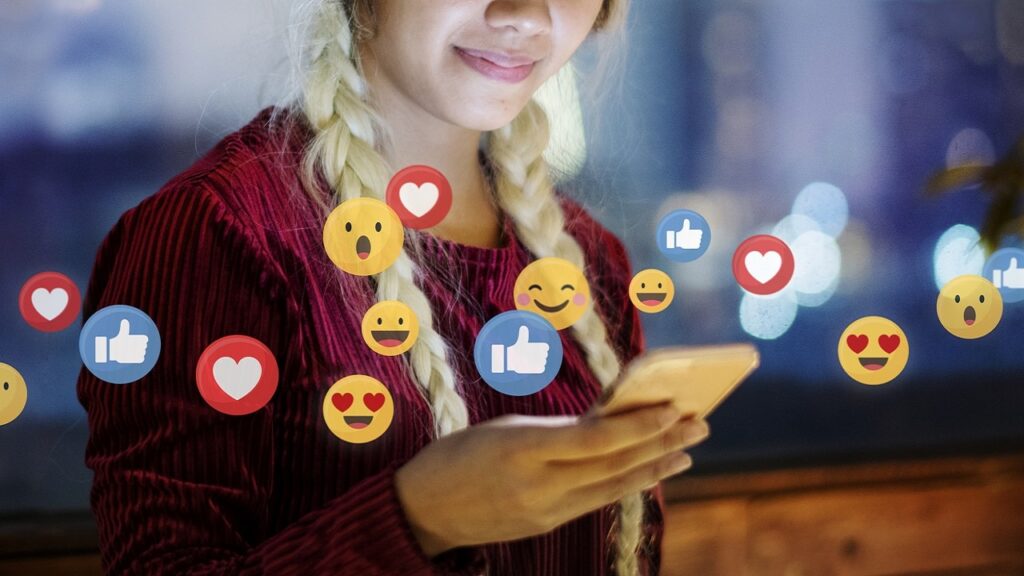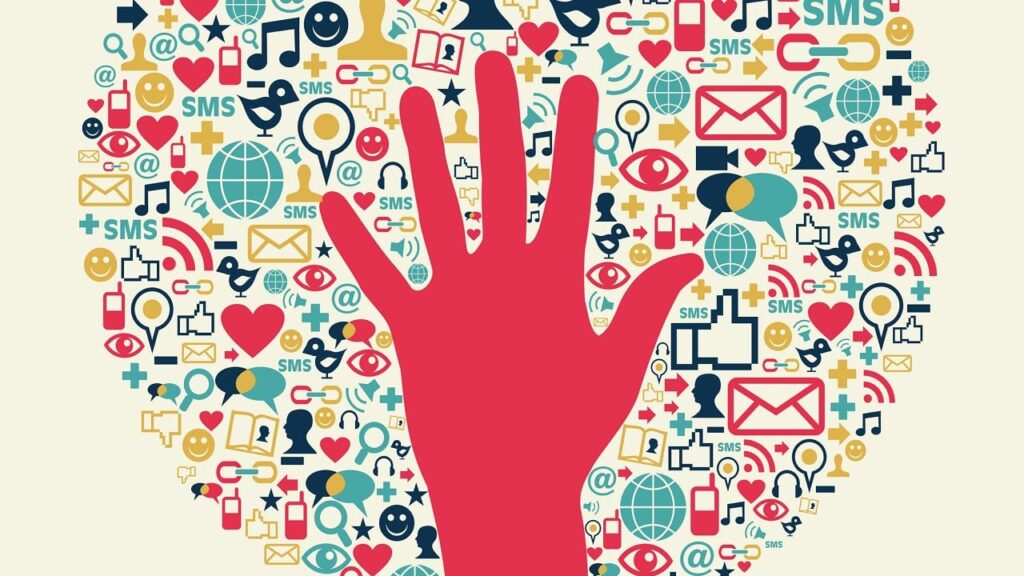These days many social network users are talking about Threads in Metathe microblogging site, and also the fact that it is part of the fediverse. But what does “fediverse” mean and how does it work?
What is the fediverse and how it could change social media
If you have installed Threads (perhaps following our short guide), you may have noticed the Meta reference to fediverse, which the app calls “an innovative form of social media that allows individuals to interact across different platforms.” By going through the Instagram support site, you can discover that it is based on the protocol ActivityPub, that this involves different possibilities and that everything happens on a “decentralized network”. But what exactly does this news mean?
What does fediverse mean
Il fediversea word composed of the roots “federation” and “universe”, represents a decentralized server network that operate on standards open source. This means that your profile and username allow you to access various social media and social networking services. If all social networks were part of it (but they aren’t), we could also publish a tweet on Facebook or Snapchat, we could like Reels on Instagram and videos on TikTok.

The concept is reminiscent of emails. There are various email services such as Gmail and Outlook, different domains. But users can communicate with each other regardless of the service used: You can access multiple domains from the same app and communicate with anyone with a valid address, regardless of who gave it to them. Decentralized social media works in a similar way, exchanging short messages or content such as images, likes and repliesacross different platforms and instances.
The main goal of the fediverse is to allow users to communicate and interact on different platforms and servers while maintaining control over your data and identity. Without entrusting them to a single company. A very different concept from “classic” social networks: on Facebook or Twitter, your username and data are connected and usable only in that context. You can delete them and remove your account, but you cannot bring your digital identity to another social network.
Where did this concept originate?
Many estimate that the fediverse was born as early as 2008, when Evan Prodromou founded identi.ca, a distributed social network similar to Twitter. Users could install the software on their own servers and communicate directly with users, who had installed the software on their computers or servers.
But the relative success of the technology comes with Mastodon in 2017, created by German developer Eugen Rochko. Small groups or individuals run independent communities, orinstances“, on its own servers, defining its own terms of service and moderation rules. So users subscribe to the main instances, but they can also follow posts from other Mastodon instances, which have other rules and are located on other servers. In 2018, the W3C (World Wide Web Consortium) organization launched the Social Web Working Group, chaired by Prodromou, to define a modern standard for distributed social networks, such as Mastodon.
Prodromou worked with other experts to develop ActivityPubthe open and decentralized protocol that also uses Threads.
A decentralized network: what it means for privacy
When we dive into traditional platforms like Instagram or TikTok, we often find contents of unfollowed accounts. These social networks use algorithms to present you content based on your interactions and collected data.
In essence, you allow the platforms access to your browsing data, in exchange for suggested and personalized content. Usually, companies that manage social media use your data to show you advertising based on your interests: this, in principle, is their main business. There are other possibilities, such as X Premium type subscriptions or those for Instagram and Facebook. But they are nowhere near enough to cover the costs of the platforms.

This thing is totally different in the fediverse. Mastodon, for example, shows the contents of the people and instances you follow in chronological order. Because it doesn’t collect user data, it has no way to feed the algorithms that suggest content with your data. But it can’t provide targeted advertising either.
Evan Prodromou claims that “there is no centralized entity for data acquisition“, thanks to the distributed control that the fediverse. This guarantees a greater control over data and user experience.
Server management Fediverso however involves costs, but their livelihood does not depend primarily on advertising. Individuals and groups use different methodologies, including subscription fees or donations. Although it must be said that there is a difference in scale: we’re talking about 12 million users for the entire fedeversecompared to Facebook’s three billion monthly, with Instagram and TikTok above one billion.
What is the fediverse: more personalized social networks, between possibilities and risks

Customization is another great possibility of fediverse. In classic social networks, you receive targeted advice thanks to algorithms that analyze your data. But they remain platforms for billions of users, with rules valid for all, with similar functions and transversal trends.
Instead, in the fediverse users can follow or create their own instances based on personal interests and values. Not only can you decide what you want to see, but also the rules you prefer to accept and the functions that interest you. For example, you can decide not to tolerate misinformation or hate speech, without submitting to the decisions of those who manage the social network.
However, this customization can also lead to echo chambersstrengthening pre-existing perspectives. If misinformation and hatred are never good, you could risk ending up in very self-referential instances. For this reason it becomes important to also follow other servers and other social networks, to compare ideas that are different from ours.
What does Threads have to do with the Fediverse?
Going by what we’ve said so far, it might seem strange that Threads, Instagram’s microblogging app, is part of the fediverse. Not only has Meta (formerly Facebook) made advertising its winning business model, with central control of data. But the proportion is also surprising: Threads surpassed the number of users across the entire Fediverse within five days after launchonly in the United States.

The impact of Meta In the fediverse is the subject of debate. Some think it is the definitive consecration of this new way of understanding social media. One username for all our services, like in emails. Meta explains that “your Threads profile can follow and be followed by people using different servers in the fediverse,” although those of you who choose a private profile will have to accept link requests before that’s possible. Threads servers will remain controlled by Meta, but you can also follow different servers and publish to Mastodon, for example.
For the moment, however, the opposite will not happen: you couldn’t post on Mastodon and have it appear in Threads as well. But it seems that Threads will also implement this feature in the future. Furthermore, we currently do not know what other services it will integrate in the future. But according to many commentators, this is still a beginning.
Although not everyone is happy with this news. Some Mastodon users have started a “anti-Meta Fedi pact“, pledging to block any instance owned by Metafearing possible negative repercussions on the fediverse.
Fediverse: a viable alternative?
So far, the fediverse it served as an alternative to traditional social media only for a small number of users, who gave great importance to decentralization and greater control of one’s data. However, Elon Musk’s takeover of Twitter and the turmoil that followed prompted many, especially overseas, to give Mastodon and similar services a chance. The entrance of Meta it could bring significant changes to the fediverse, consecrating it as the new standard.
If this were to be the case, we could imagine a future where the Our social username works like our email address. We will be able to use it for communicate with everyone else, it doesn’t matter what app we are using or what service we are subscribed to. But the unknown remains business model: if opening a small server for an instance has overall low costs, large social companies will have to understand how to integrate the fediverse and continue to invoice billions. And at the moment, Threads remains just an interesting test. We’ll see how it continues: based on the results, the social media landscape could change completely, or not at all.















Leave a Reply
View Comments